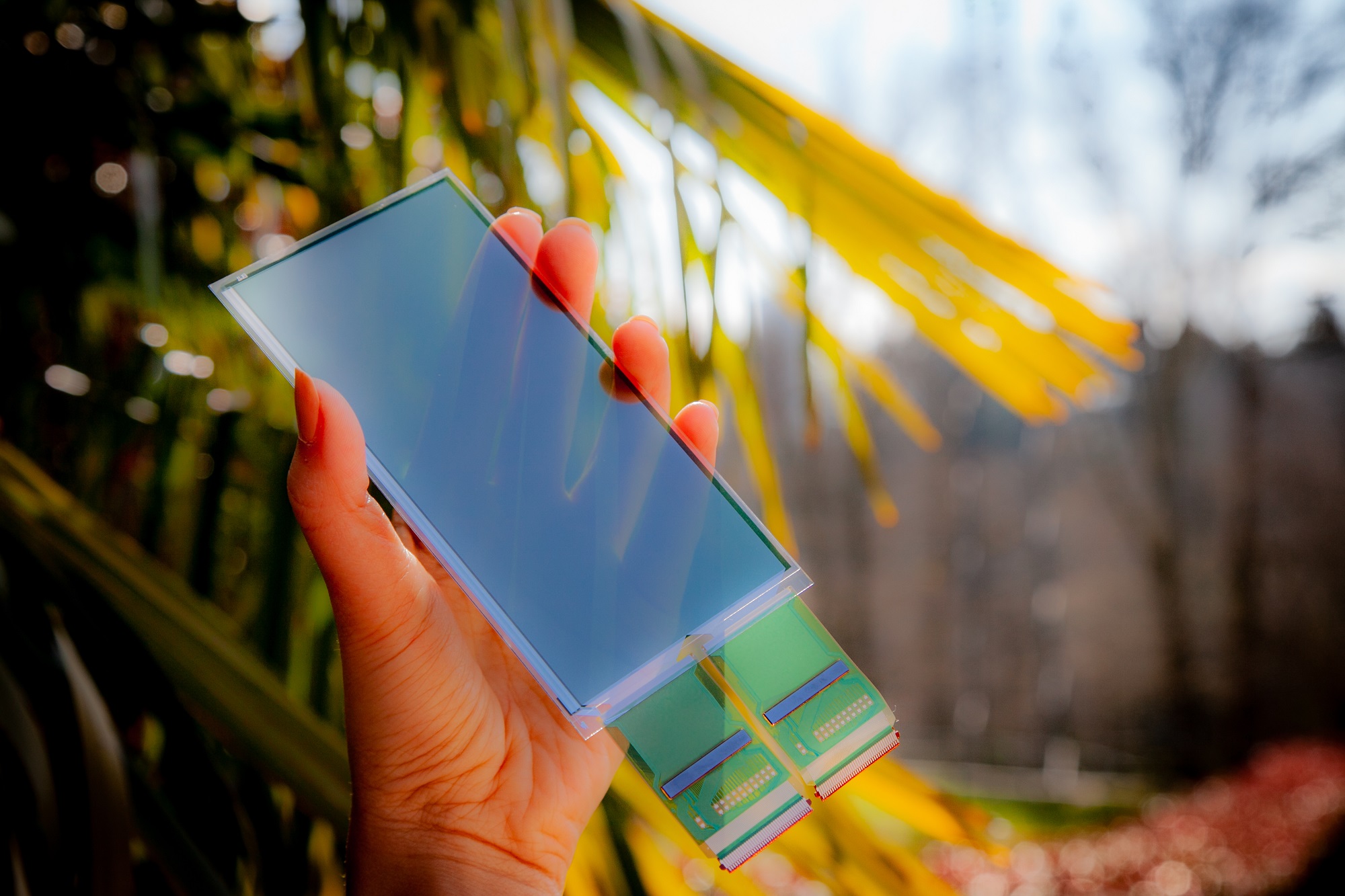Organic photodiodes make full surface area multi-finger biometric identification possible for high security smartphone apps
Biometric fingerprint sensors have suffered greatly since their beginnings and are often criticised for either being so tightly tolerance to prevent false positives that they become unusable or so loose that they lose their security advantage because of high levels of false positives.
Striking the right balance is hard and even low security applications like booking into the gym often requires two or three attempts before the fingerprint is recognised.
Now, French biometrics company Isorg believes they have the answer in the form of a large area multi-fingerprint sensor that can operate over the entire screen of a large smartphone and can be used for high security banking transactions and access control applications.
Its usability is yet to be seen but the company believes that its optical sensors on proprietary organic photodiode technology can provide both usability with high security.
Isorg’s large-area image sensors are built into organic photodiodes that are printed on a TFT (Thin Film Transistor) backplane, converting substrates such as plastic, glass or CMOS, into an optical sensing surfaces. The surface thickness is less than 300μm so can be integrated with smartphone screen technology.
The sensor targets smartphone apps and wearables that nee high-security authentication for banking applications, personal health monitoring, medical file privacy, remote home control, password wallets and access control.
The Biometric Dilemma
As biometric technology continues to advance to levels where it becomes robust as well as tolerably usable, the dilemma of user acceptance levels threatens to become deeper. Fingerprint recognition has the very attractive proposition of delivering simple multi-factor authentication with high transactional security as well as a single replacement for cumbersome passwords or even a wallet full of loyalty cards.
Despite that attractiveness, there are deep-seated concerns about privacy, surveillance and the notion of personal intrusion at the thought of sharing personal attributes along the wires of corporate security systems.
The debate on this still rages as the sensor technology continues its advances and biometrics become more common in peoples’ daily lives. According to Industry Arc, the fingerprint sensor market is growing at a rate of 14% CAGR over the next 5 years so the industry is certainly optimistic about user take-up.

